YouTube, the world’s leading video-sharing platform, has recently implemented a new policy to discourage the use of ad blockers among its users, resulting in a notable slowdown in the site’s performance for those employing ad-blocking software. This move significantly affects the overall viewing experience on the platform. Here are the key highlights of this development.
Key Highlights:
- YouTube introduces delays in video loading for users with ad blockers.
- The platform issues warnings for ad blocker use, aligning with its terms of service.
- Slowdowns occur across various browsers and devices.
- Viewers have the option to disable ad blockers or subscribe to YouTube Premium.
- YouTube’s strategy aims to protect its advertising revenue, which is crucial for content creators.
- Google’s broader stance against ad blockers includes changes to the Chrome browser.
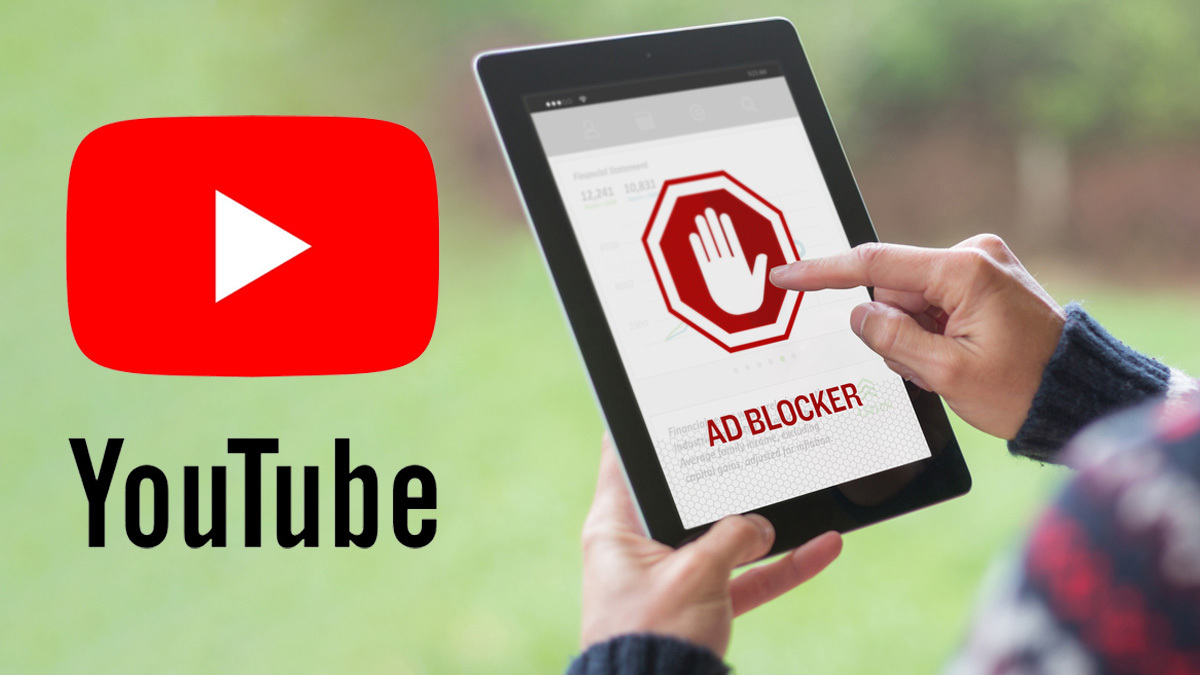
Understanding YouTube’s New Policy
Recently, YouTube began implementing a policy that intentionally slows down its site for users utilizing ad blockers. This approach is a response to the increasing use of ad-blocking software and aims to encourage viewers to either disable these blockers or consider a YouTube Premium subscription, which offers an ad-free experience.
The Impact of Ad Blockers on YouTube
Ad blockers have become a popular tool among internet users to avoid the inconvenience of ads. However, for platforms like YouTube, ad revenue is a vital source of income, essential for supporting content creators. The use of ad blockers directly impacts this revenue stream, prompting YouTube to take measures to discourage their use.
YouTube’s Strategy Against Ad Blockers
YouTube has deployed a couple of strategies to combat the use of ad blockers. Initially, it started with a popup message warning users that ad blockers violate its terms of service. The more recent and noticeable change has been the introduction of delays in video loading times, reportedly adding about 5 seconds to the buffering process regardless of the browser used.
Viewer Choices and Industry Reaction
Viewers faced with this new policy have a few options: disable the ad blocker, subscribe to YouTube Premium, or explore alternative platforms and ad-skipping tools like Invidious, NewPipe, or Skytube. Industry experts and users have mixed reactions, with some viewing YouTube’s approach as a necessary measure to sustain the platform and its creators, while others see it as an intrusive tactic pushing viewers towards paid subscriptions.
Google’s Broader Stance on Ad Blocking
Google, YouTube’s parent company, has taken a firm stance against ad blockers not only on YouTube but across its services. Recent changes to the Chrome web browser, for example, have been aimed at obstructing popular ad-blocking extensions like uBlock Origin. This reflects Google’s larger strategy to protect its advertising-based business model.
Summary
In conclusion, YouTube’s new policy of slowing down for users with ad blockers is a significant move to protect its ad revenue. While it offers viewers choices, it also reflects a broader trend in the digital advertising industry where platforms are actively seeking ways to counter the impact of ad-blocking technologies. The policy has sparked debates about user experience versus revenue needs, and it remains to be seen how this will shape the future of content consumption online.

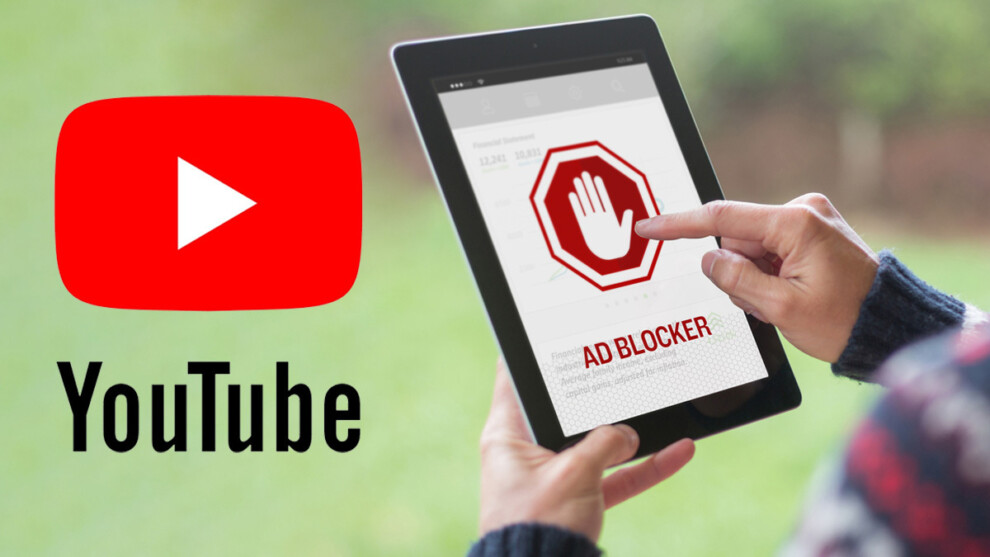











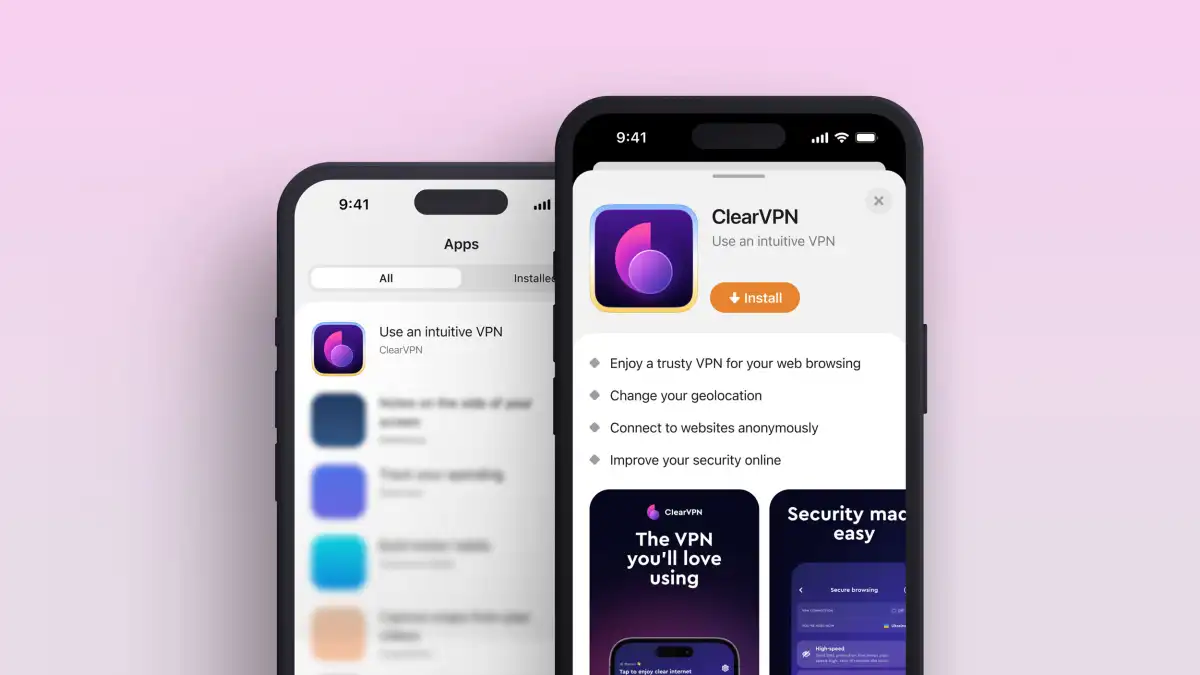

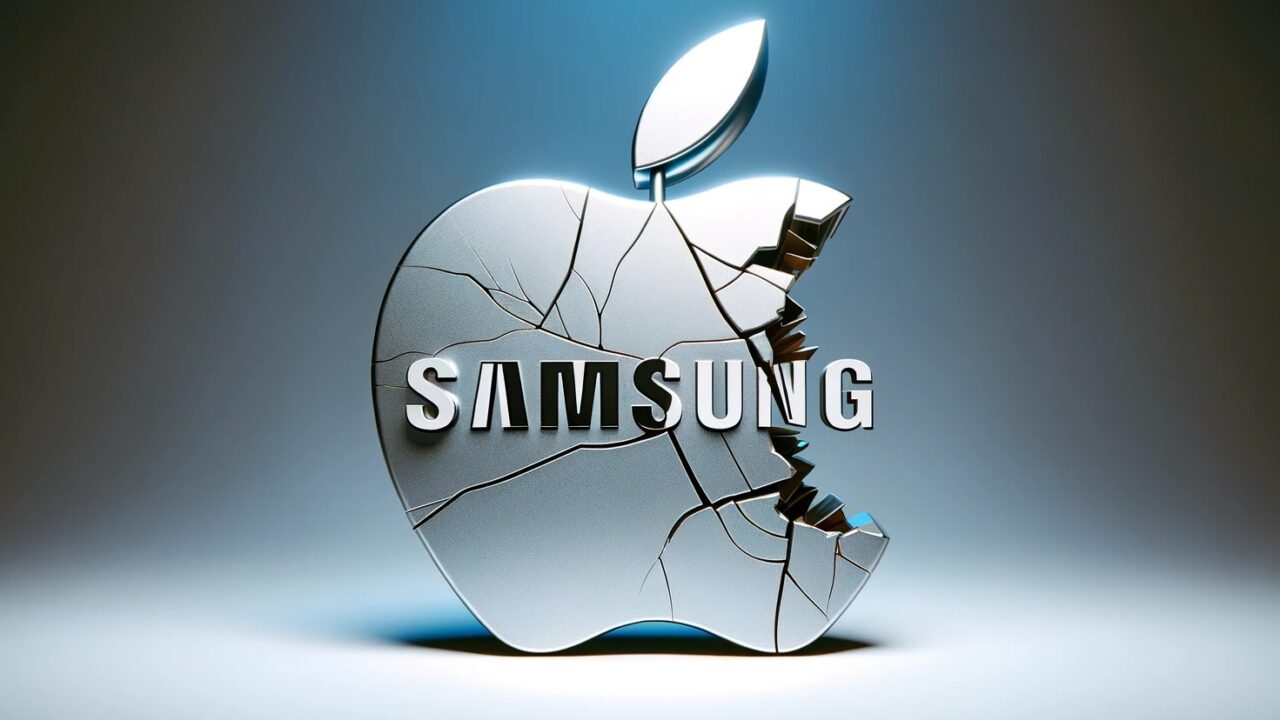

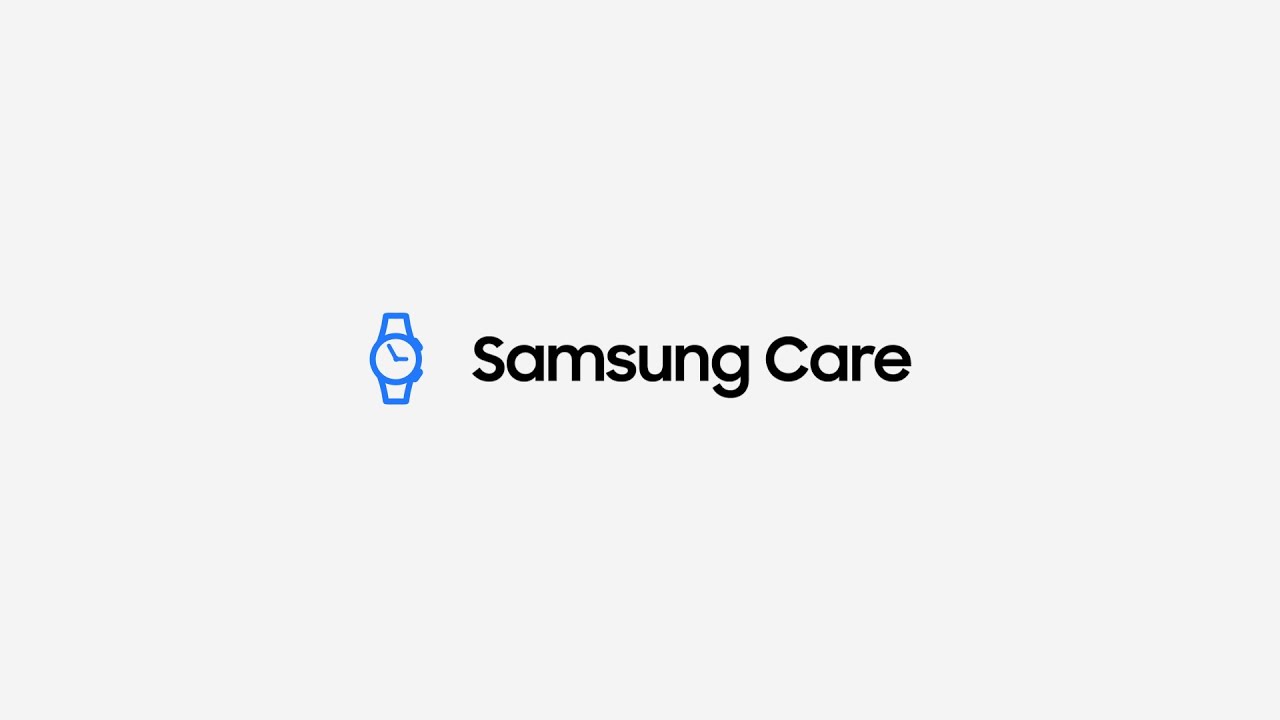





Add Comment